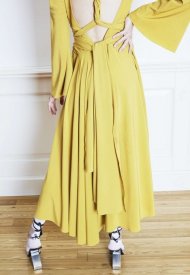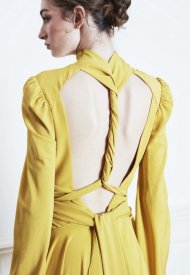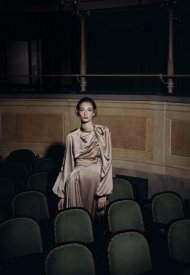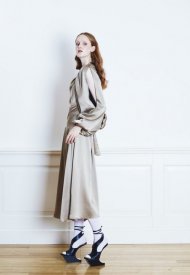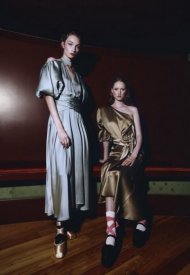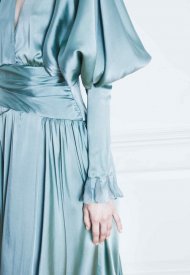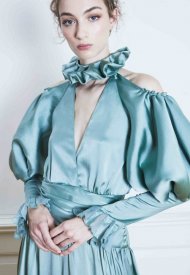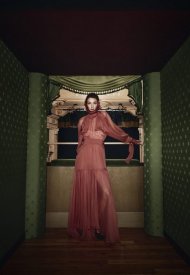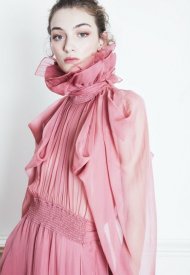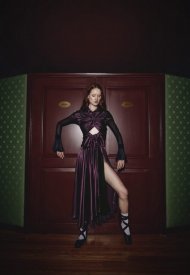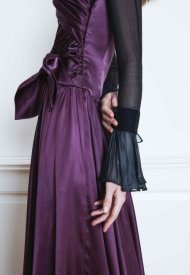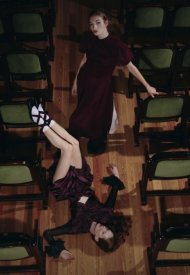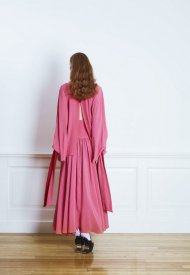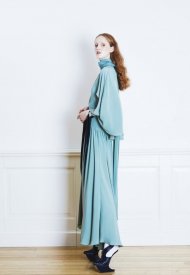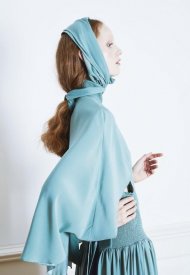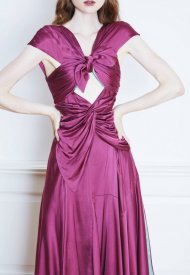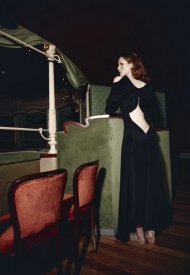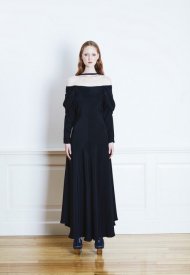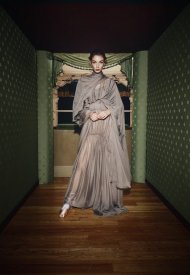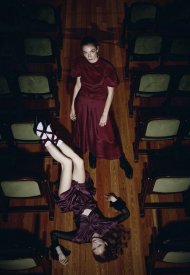P.Rew.: Teresa La Fosca P.r.
The Romeo Gigli Spring Summer 2021 “Fleurs en soie” collection stems from an authentic sensitivity, from the need to present a proposal different from the traditional collection to formulate a concrete wish for positive change, starting with the return to great durella craftsmanship from the durella collection. 15 allowed, made-to-measure suits, which are the work of the finest Made in Italy
the garments are made by sartorial workshops of excellence in the Milanese area with silks also coming from Como – and are designed without seasonality, but as a precious wardrobe without time.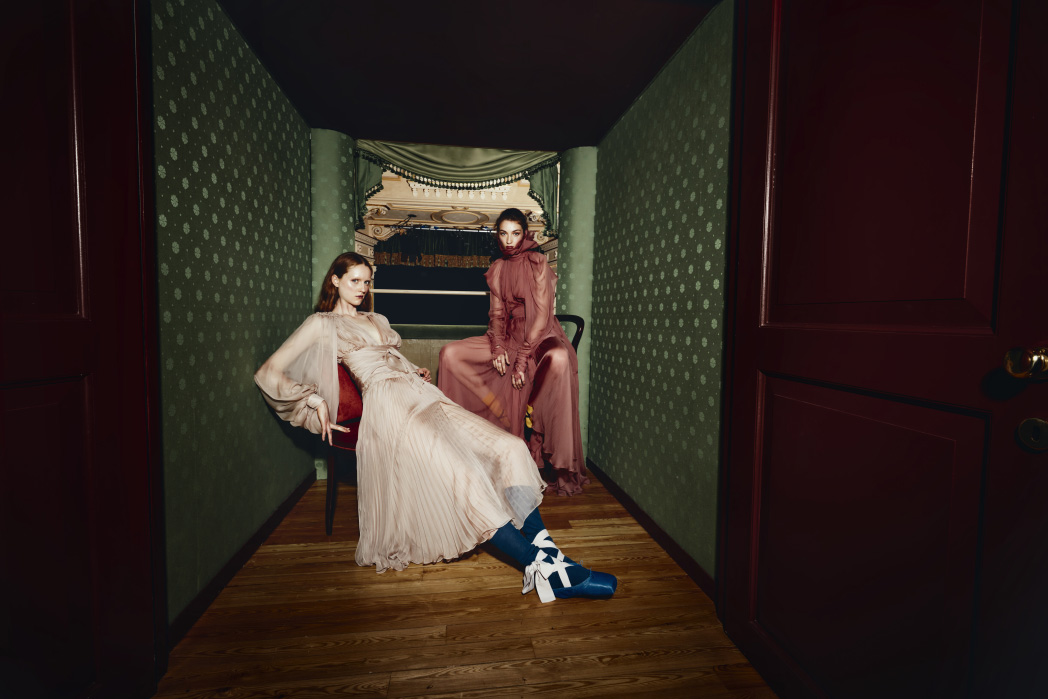 The soul of the collection is rooted in the current historical moment and blossoms in a special project with an alchemy of concreteness and poetry at its heart: Alessandro De Benedetti creates each dress with the intent of adorning women in a hymn to femininity, of draw on the intense colors suggested by the corollas to paint a message of positivity and to formulate with the excellence of the handmade packaging the important invitation to rediscover the value of high craftsmanship.
The soul of the collection is rooted in the current historical moment and blossoms in a special project with an alchemy of concreteness and poetry at its heart: Alessandro De Benedetti creates each dress with the intent of adorning women in a hymn to femininity, of draw on the intense colors suggested by the corollas to paint a message of positivity and to formulate with the excellence of the handmade packaging the important invitation to rediscover the value of high craftsmanship.
To achieve it, he immerses himself in the fascination of the flowers that inhabit his imagination as a spontaneous iconographic reference, and gives it shape by collecting the unforgettable aesthetic heritage of Romeo Gigli: he welcomes his predilection for the early twentieth century style periods and evolves it by moving it in the 1940s, where he rediscovers in Charles James’ experimental couture the good taste of tailoring built to build, today, a new elegance.
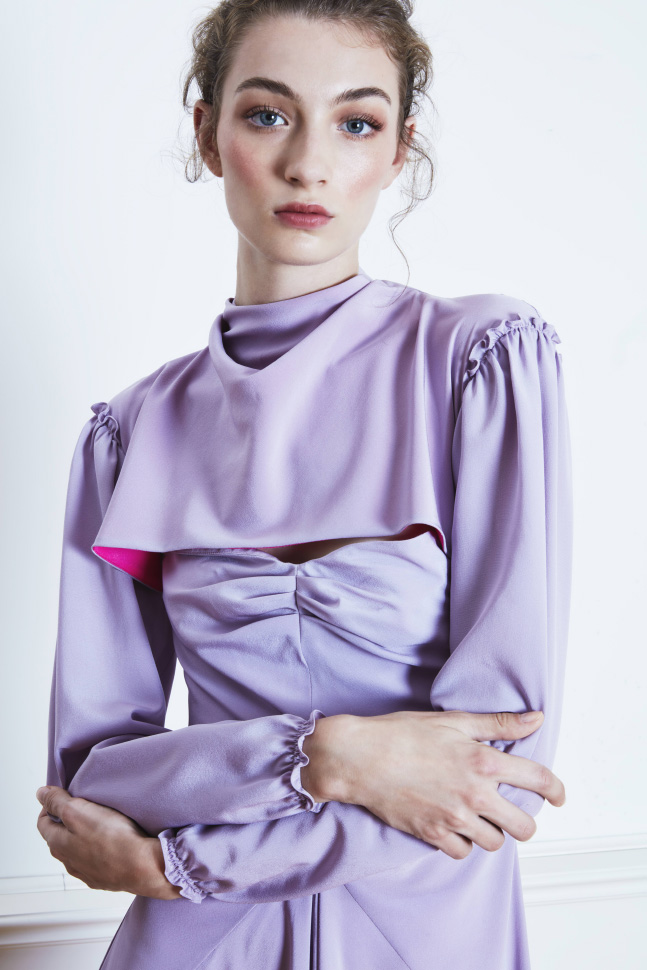
As if it were magic, each dress contains from six to fifteen meters of silk to transform it into contemporary sculptures of dry and perfect lightness, high fashion masterpieces that find concrete form in Alessandro De Benedetti’s love for the wonder that the façon of the cut on the bias it can give: when the fabric comes to life on the mannequin, it sways with sinuous refinement on the body and shapes the fabric to draw drapes and glimpses of sensual delicacy.
Like a coup-de-théâtre, each silhouette is a work of harmony between sophistication and seduction, where the appearance so composed as to seem austere reserves widespread touches of stylistic mastery that reveal naked skin with elegant erotic surprise.
All different jewel dresses, punctuated by the suggestion of the colors of the flowers and animated by the inspiration that also embraces cinema from the imagined corollas. Each dress is personalized with a name and discloses a unique story, told through another strong love that links De Benedetti to the style of Romeo Gigli: the sublime art of knots. A perfect example is Dalia Nera, where the suggestion of the flower and the protagonist of the famous novel baptizes it with the name, while the rouge noir washed satin, a color that pays homage to the color so dear to Romeo Gigli, together with black chiffon is the material with which they are sculpted draperies and pleats: here, what looks like a weave are instead circular folds that kiss in the center and continue the embrace in a knot to form the bodice.
The work of intriguing weaves happens in every dress: the knots become macro to make magnificent pink petals grow on the back of what could be a painter’s dress; in the Primula dress they open slits on the body until they become nude brooches, where the real jewel is the openwork with the crochet on the silk to create drops of skin; in Sabine they cling to a large torchon, tightened in a sensual rope that opens a slit on the back that is a real twist; the Black Gardenia holds a bouquet of small knots that seals the surprise at the bottom of the revealed back, and orchestrates a symphony between lavender and burgundy shades that continues in the folds of the skirt, cut so as to create the illusion of lavender spikes sprouting from knots and sway with movement.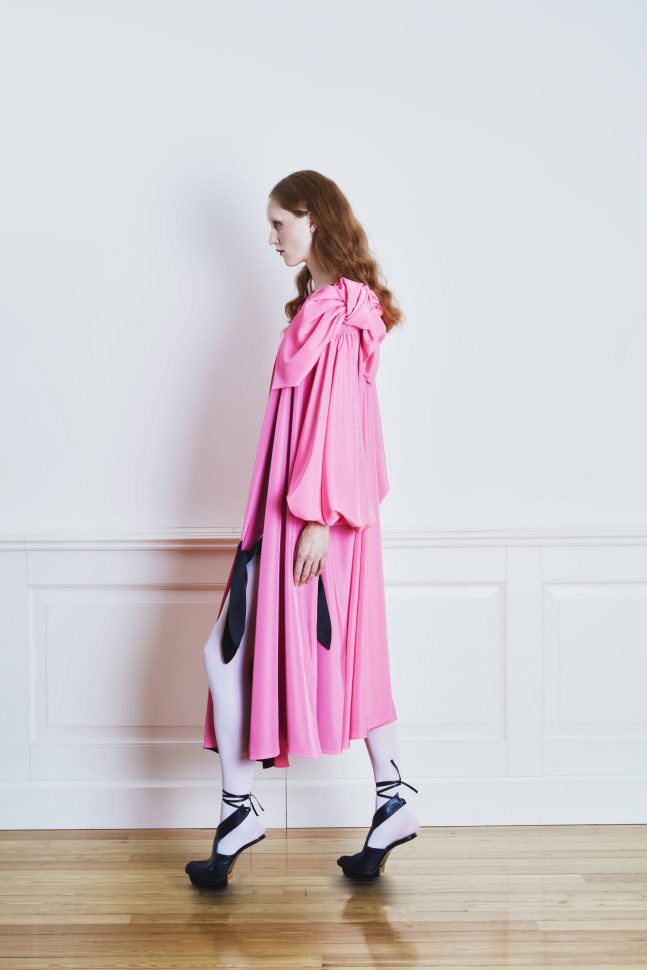 The amazement created by the masterful bias does the rest: the kimono sleeve is born from a macro-triangle, which in turn with a curl gives life to the asymmetrical collar; from the very light habutai silk the balloon sleeve swells softly; with the support of the internal organza, the sleeve made from satin reeds is born; but even just two pleats can structure a lean and important sleeve; or it may even happen that the sleeves become a large abstract bow made of folds assembled to create a kimono dedicated to the character of Valentina. On the other hand, those that seem creative whims are intuitions for greater usability: the dresses have elastic honeycomb pleats to offer greater wearability, while the gloves, ruffles and bracelets in pleated chiffon have small buttons that allow you to detach them freely.
The amazement created by the masterful bias does the rest: the kimono sleeve is born from a macro-triangle, which in turn with a curl gives life to the asymmetrical collar; from the very light habutai silk the balloon sleeve swells softly; with the support of the internal organza, the sleeve made from satin reeds is born; but even just two pleats can structure a lean and important sleeve; or it may even happen that the sleeves become a large abstract bow made of folds assembled to create a kimono dedicated to the character of Valentina. On the other hand, those that seem creative whims are intuitions for greater usability: the dresses have elastic honeycomb pleats to offer greater wearability, while the gloves, ruffles and bracelets in pleated chiffon have small buttons that allow you to detach them freely.
Chiffon is a material of lightness with which to dress other fascinating figures dear to De Benedetti’s cinematic imagery: the dress La Donna Che Visse Due Volte has the icy delicacy of Hitchcock’s women and the perfection of micro-pleats, Jean Rollin’s inspired by the refinement of vampire women by the director of the same name, La Sposa In Nero is the vision of a woman enveloped in mysterious smoke, the same color as the chiffon that dresses her.



